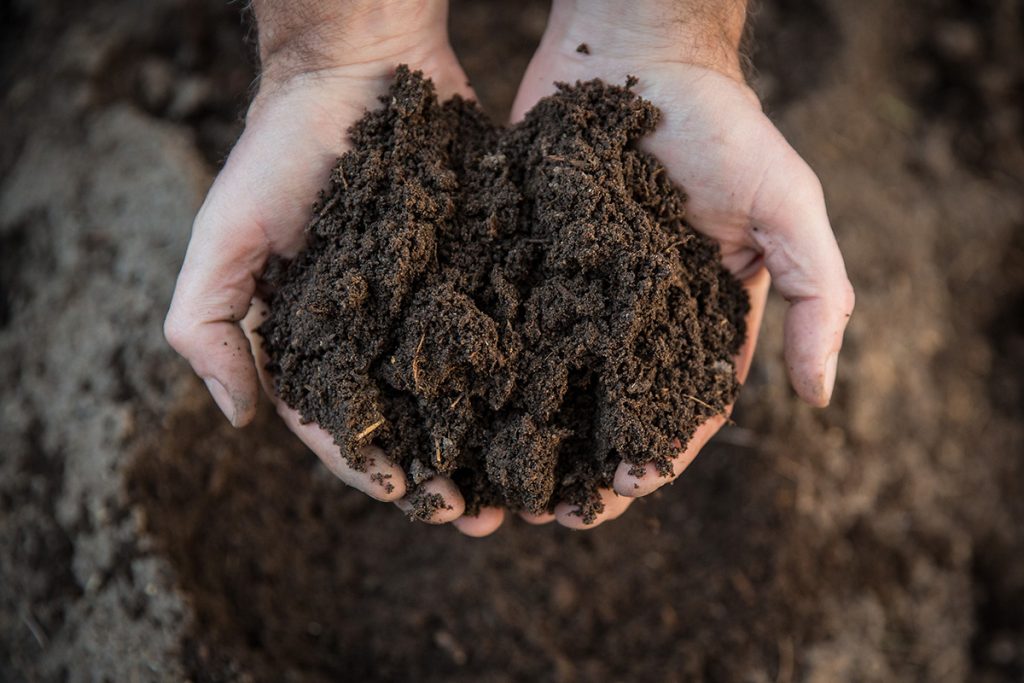A natural suppressive soil is one that has not been altered and is in chemical, microbiological, and organic balance, which therefore allows the development of different efficient microorganisms that control or inhibit pathogen populations by natural mechanism like; the amount of organic matter, the carbon/ nitrogen (C/N) with bio fumigation relationship, by the principle of exclusion and concentration among different groups of microorganism, with the increase of antioxidants and natural enemy population increase. Besides an induced suppressive soil is obtained, in the process of improvement, when contributing to achieve a balance of the mentioned variables in less time. (1)
Suppressive soil is that which the pathogen does not obtain ideal conditions to establish and persist. Even though the pathogen can be found and persist in the soil it does not provoke important damages or diseases. The main biotic characteristics of suppressive natural and induced soil is the high number of actinomycetes and an elevated metabolism potential of living agents, necessary for the high productivity of the cultivated lands. (2)
Healthy soil is that which is alive as an effect of all of the previous activities that various investigations report…. Healthy soil contributes essential nutrients, water, oxygen, and root support for the food producing plants that need to grow and prosper. Healthy soil contains a great variety of microorganism that help control plagues, weeds, and plant diseases. Healthy soil helps as an absorber to protect the roots of extreme temperature fluctuations. Healthy soil contributes to mitigate the climate change as it maintains or increases its carbon substance. Healthy soil equals healthy plants. (3)
We encounter the challenge of producing food for a population in constant growth, the cultivable area is being reduced and impoverishes every day, therefore we should take care and improve the soil as a limited resource and guide the agronomic practice to give the soil its life back, balance, and have production capacity to obtain healthier food. (1)
Retrieved from:
- Maikel García, 2019.
- Juan José Ibáñez, November 2011, http://www.madrimasd.org/blogs/universo/author/universo
- Rubier Rodas Henao, Agricultural engineer. Cali, Colombia. November 2017.

